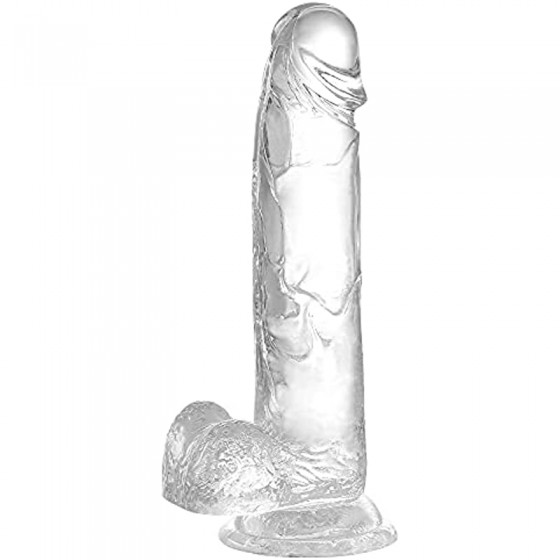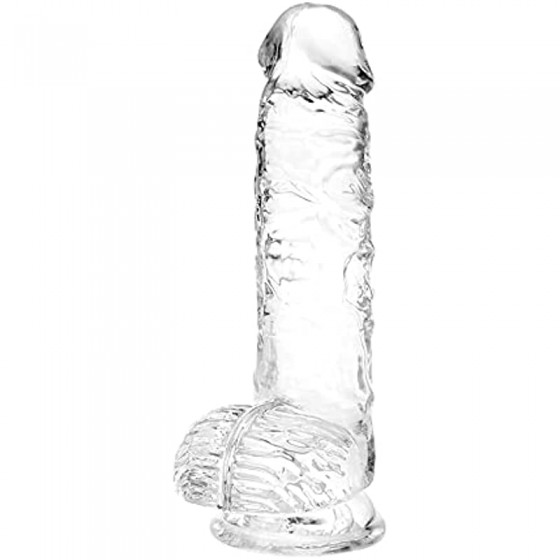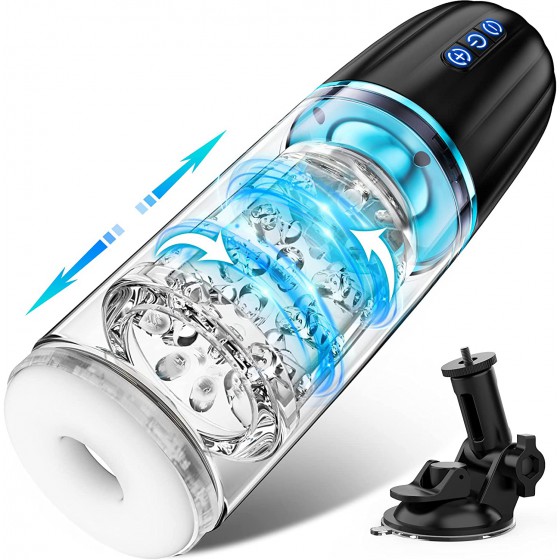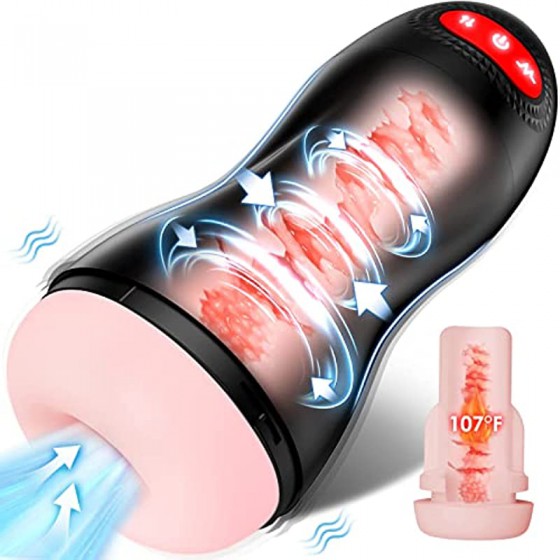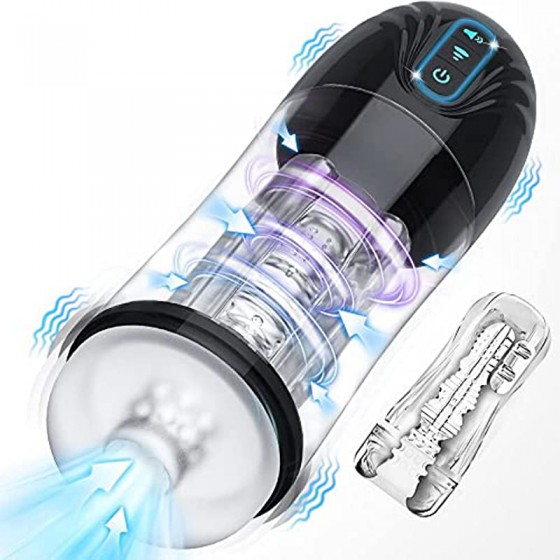Do men also have estrogen in their bodies?
Men do produce small amounts of estrogen in their bodies. Estrogen in plasma exists in the form of its most biologically active form, estradiol, which is converted from testosterone in peripheral tissues such as the skin. The estradiol produced in the testicles is derived from androgens, which are converted into estradiol through the catalysis of an enzyme. Both the Leydig cells and Sertoli cells of the testis secrete small amounts of estradiol. The daily amount of estradiol secreted by adult men is about 30 to 40 micrograms. If it were not for the advancement of modern science and technology methodology, especially the advent of radioimmunoassay and radioreceptor measurement technology in the 1970s, it would have been impossible to measure such trace amounts of hormones, and it would have been impossible to have a deep understanding of the changes in reproductive endocrine systems.
So what is the role of estradiol in the male body? Since the estradiol produced by the testes only accounts for 15 to 20% of the total amount of plasma estrogen, changes in testicular estradiol are difficult to reflect in the peripheral blood. It acts on the hypothalamus and can feedbackly inhibit the pulsatile release of hypothalamic gonadotropin-releasing hormone, thereby also inhibiting the pulsatile release of pituitary luteinizing hormone.
For drugs and hormones to work, they must bind to a large molecule called a receptor in the cell, causing a series of biochemical changes and ultimately corresponding physiological changes. Receptors are specific and can recognize drugs and hormones. We can compare drugs or hormones to keys, and receptors to locks. If both parties cannot recognize each other, they cannot bind, and the drugs and hormones cannot function. Clomiphene and other drugs are used clinically to treat primary oligozoospermia or male infertility because they can compete with estradiol for estradiol receptors in the hypothalamus, thereby interfering with the feedback effect of estradiol. , so the interstitial cell function is strengthened, the testosterone concentration in the testis is increased, and oligozoospermia is improved. In addition, estradiol can locally regulate testosterone production in the testicles. When dealing with patients with oligozoospermia or other male infertility, local endocrine changes in the testicles cannot be ignored.
Recommended reading: Testosterone can delay Alzheimer’s disease
Women need to supplement estrogen reasonably during the critical period
Massaging the testicles can improve sexual performance


